
Бесплатный фрагмент - Kambo
Kambo ceremony
Disclaimer: The information in this book is not endorsed by official medicine and is not intended to replace medical services or the recommendations of qualified healthcare professionals. All statements are for informational purposes only. It is strongly recommended that you consult your physician before using any of the recipes provided in this book. The authors and publishers assume no responsibility for the misuse of the information presented herein.
Personal Experience: I was introduced to Kambo medicine in 2016 at the Center for Ecological Amazonian Medicine near the Peruvian city of Iquitos. A friend brought me there in the hope of healing from cancer. At that time, I had already undergone all possible treatments offered by conventional medicine, including tumor removal surgery, radiation, and chemotherapy.
After the surgery, I continued to receive chemotherapy treatment, along with more than 17 different medications that I had to take daily. Of course, this could not cure me — it only slowly and painfully destroyed my body.
My liver became swollen, and I could not sit due to the pain. I suffered from constant nausea and dizziness, and I developed an intolerance to food — everything except fresh juices and light salads would immediately come back up with nausea. Many people may not know that one of the side effects of chemotherapy is insomnia (insomnia disorder). It felt as if my brain simply couldn’t relax.
The best I could manage was a state of exhaustion, drifting in and out of a semi-conscious haze for just a couple of hours a day. Meanwhile, my nervous system reacted as if I were under the influence of tranquilizers, but without the ability to fall asleep. Days and nights blurred into an endless Groundhog Day, and this state never passed — I was trapped in it constantly. My body had become so depleted that I had no strength left at all.
The day I realized that I couldn’t even walk two meters down the hallway to the bathroom without holding onto the wall, my friend sounded the alarm!
I probably had to go through this terrifying and agonizing experience to fully realize that conventional medicine is not just powerless — it follows treatment protocols that amount to the slow killing of people. I was ready to return to the roots, to reconnect with nature, and to seek healing within nature itself.
I can’t say that I was ever a staunch supporter of pharmaceutical medicine. I had already realized its ineffectiveness back in the early 2000s when my young daughter suffered from chronic bronchitis and tonsillitis. The doctor treated her with antibiotics, which produced no real results but instead slowly destroyed her gastrointestinal system.
At some point, I became afraid for her life. I refused routine vaccinations and, after her first year, didn’t allow a single one. My grandmother advised me to visit local herbalists and buy medicinal herbs for her treatment. The effect was astonishing, and that’s when I became passionate about herbal medicine. I began studying herbs, learning from herbalists, and educating myself through phyto-encyclopedias and traditional medicine reference books.
However, when it came to my own illness, everything happened so suddenly and rapidly that I never even considered seeking alternative treatment. I had to endure my pain crises with painkiller IV drips in the emergency room.
And so, I found myself riding in a car through the jungle, heading toward a small village where Peruvian shaman-healers pass down their knowledge from generation to generation.
We arrived at a modest settlement, and the people there surprised me with their happiness. They looked extraordinarily joyful — despite having so few social comforts, they were truly happy!
After some time, a short woman approached me. She had a deep and piercing gaze. She looked straight into my eyes and said — «KAMBO!»
Of course, I had never heard this word before. I turned to my guide and asked what it meant. Smiling, he simply said, «Tomorrow, you will find out.»
That evening, by the fire, one of the eldest men of the community was sharing stories and legends of the Amazon with the visiting guests. Curious, I asked him, «What is Kambo?»
Smiling, he pointed to a spot nearby and said, «Here, in the Amazon rainforest, everyone — absolutely everyone — knows what Kambo is!»

Kambo is loved, cherished, and protected. Legend says that once, in an indigenous village, the local people fell seriously ill. Their shaman, named Kampu, began trying to heal them using various methods he knew. However, none of the herbal remedies he had were effective, and the people continued to suffer and die. Distraught, Kampu retreated into the forest, where he immersed himself in a shamanic healing ceremony. While under its influence, he had a vision — one of the local deities extended an unusual frog into his hands and revealed how to extract a life-saving substance, poison, from it, as well as how to use it properly.
Kampu found this frog in the jungle and returned to the village. He followed the deity’s advice precisely, and as a result, his tribe quickly began to recover. Whenever someone fell ill or was unwell, Kampu would use the frog’s poison to heal the people. After his death, Kampu’s spirit was said to have reincarnated into the frog, and the villagers began actively using the secretions from these frogs for healing and strengthening the body. Eventually, the fame of this healing medicine spread throughout the Amazon, and shamanic healers would venture into the forest to seek the spirit of Kampu, connect with the frog, and gain knowledge about the ceremony and the effects of the poison.
At dawn, when it was still dark, we set off into the jungle to search for our frogs. I peered into the branches of the vines, shining the flashlight, trying to spot the frog. These frogs live in trees, and they are also called monkey tree frogs.
When I saw her, a wave of emotions — joy and hope — overcame me. I stretched out my palm, and the frog looked at me as if smiling, but she didn’t sit on my hand. My grandmother came up to me and said, «This is not your spirit, keep looking.» The mosquitoes, the rustling, and the sounds of birds and nocturnal animals seemed to disappear for me. At one point, it felt like I had merged with them and become a part of the forest.
And then I saw her. She was slowly moving along the vine, gently hugging the branch with her little paws. I approached, greeted her, and said, «Hello, my dear, I really need your help, please heal me, I really want to live!»
I don’t know if the frog understood me, but when I extended my palm, she slowly placed one paw on it, then the other, and soon she was sitting on my hand. «My God, you are so beautiful,» I said to her.
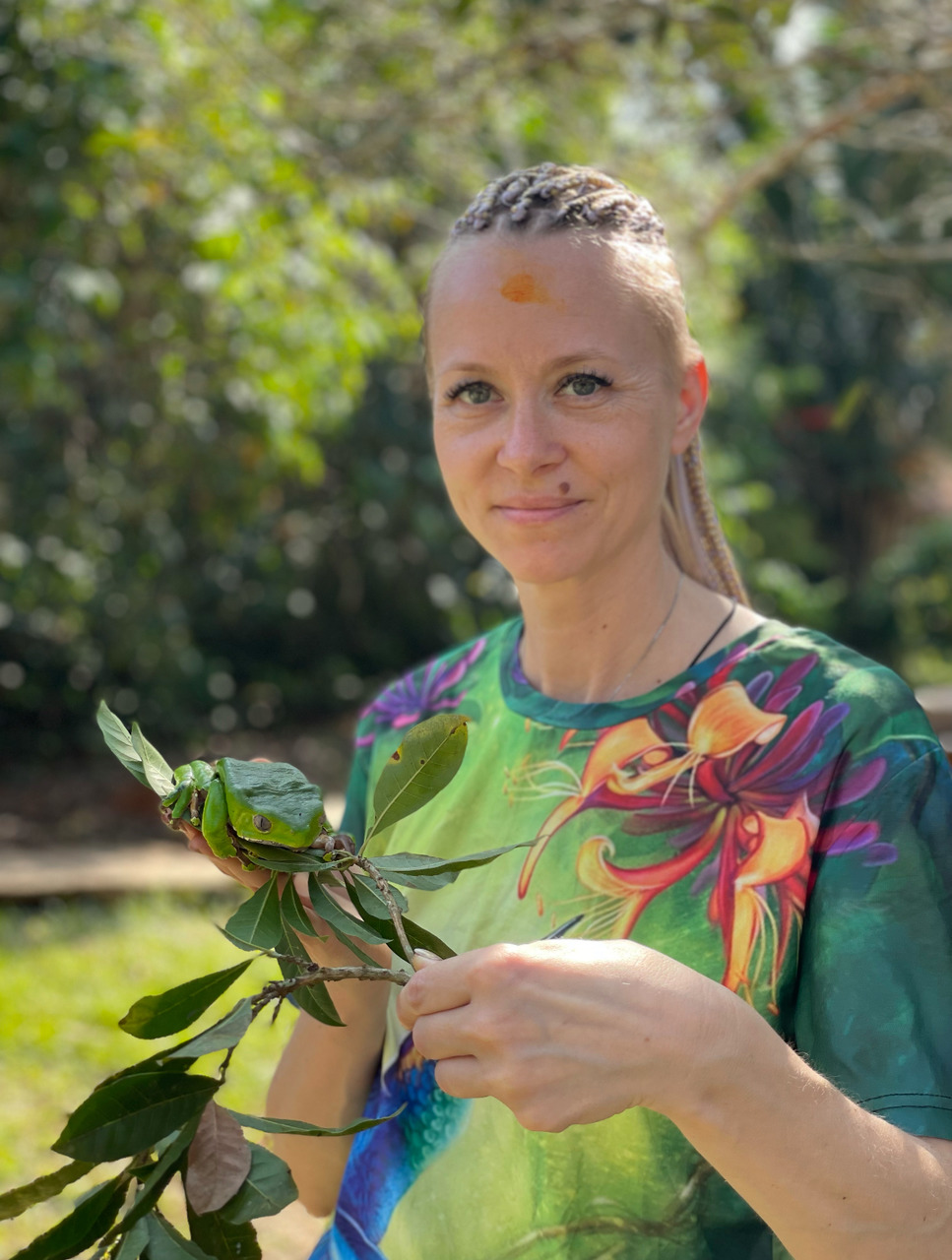
The whole way back, I admired my beauty. She crawled from hand to hand, and it felt as if we had known each other for hundreds of years and could understand each other mentally, without words.
A few hours later, the shaman’s assistant called me. He took my frog, tied a ribbon around each of her little paws, and then tied each ribbon to sticks that were stuck into the ground, as if stretching the frog. I began to worry, wondering if it was hurting her, but he said that it was more unpleasant for her than painful, and that it was necessary in order for her to start secreting the poison we needed.
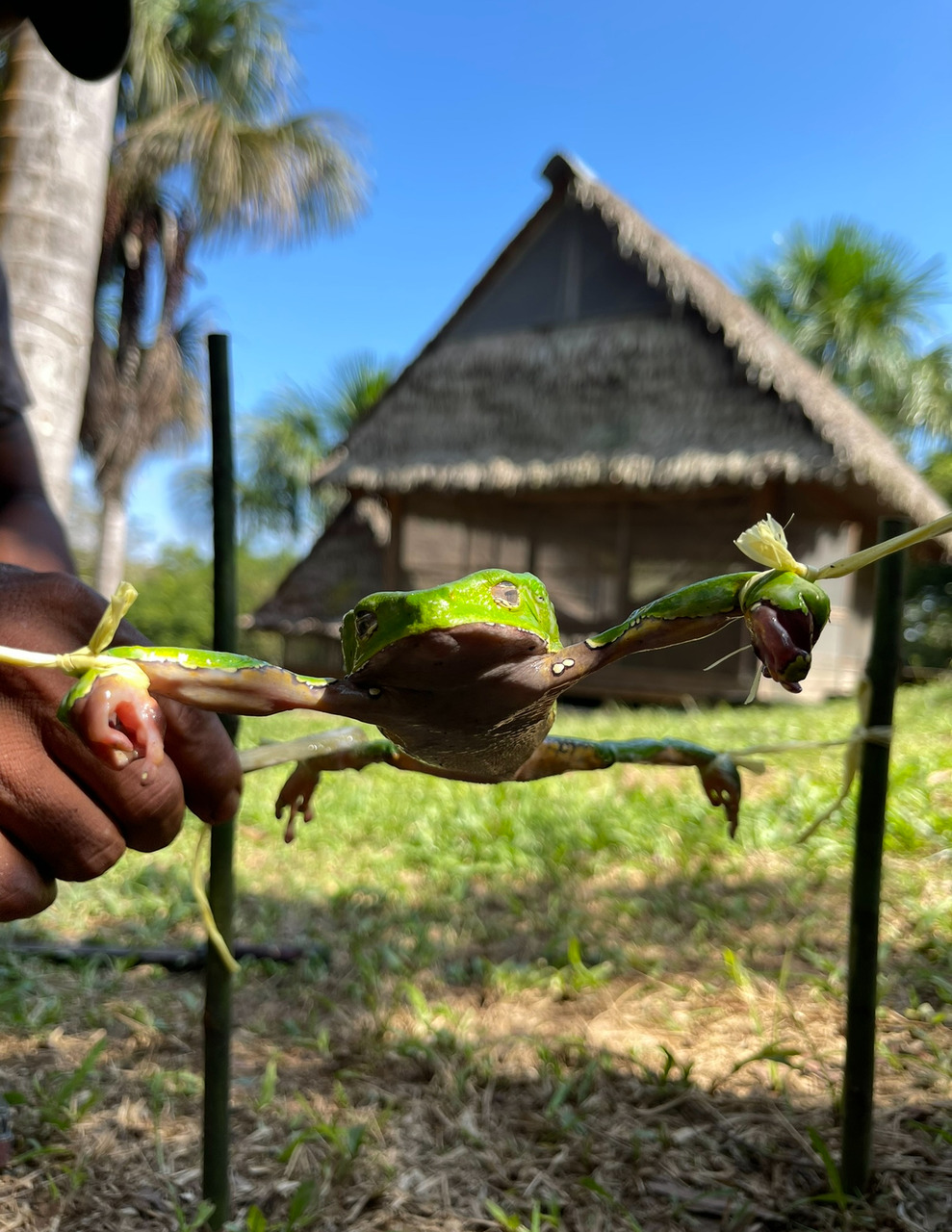
The shamans of the Amazon have known and used the poison of this frog (Phyllomedusa bicolor) for millennia, which works wonders. Even today, it remains a sacred healer for them, curing a thousand ailments of the body and spirit. The poison of this frog is known by various names, such as «Kambo,» «Acate,» «Sapo,» and «Vacuña da Floresta.» It is carefully and respectfully collected from the surface of the frog’s body without causing any harm to the animal.
We gently tapped the frog to make it start secreting the poison. The secretion, as it is called, was yellowish-milky in color and resembled thickened honey. The shaman carefully collected it on a wooden stick.
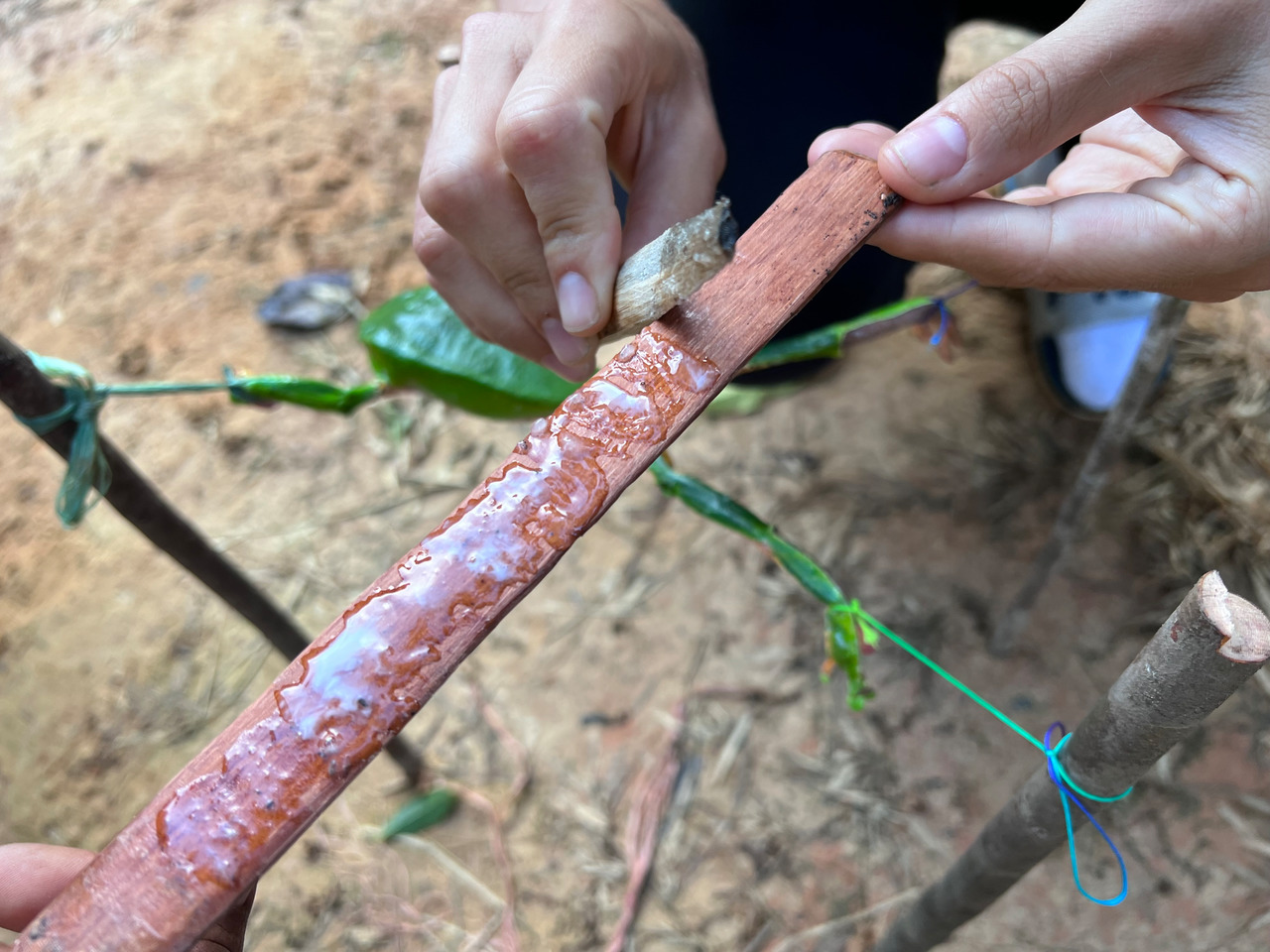
They brought me two liters of water and told me to drink it quickly so that the water wouldn’t go to my kidneys. I drank half of the water, and it felt like a stone was lying in my stomach. My body started shaking, waves of heat and chills alternated, and I was told that this was just the water, and that the real experience was still ahead.
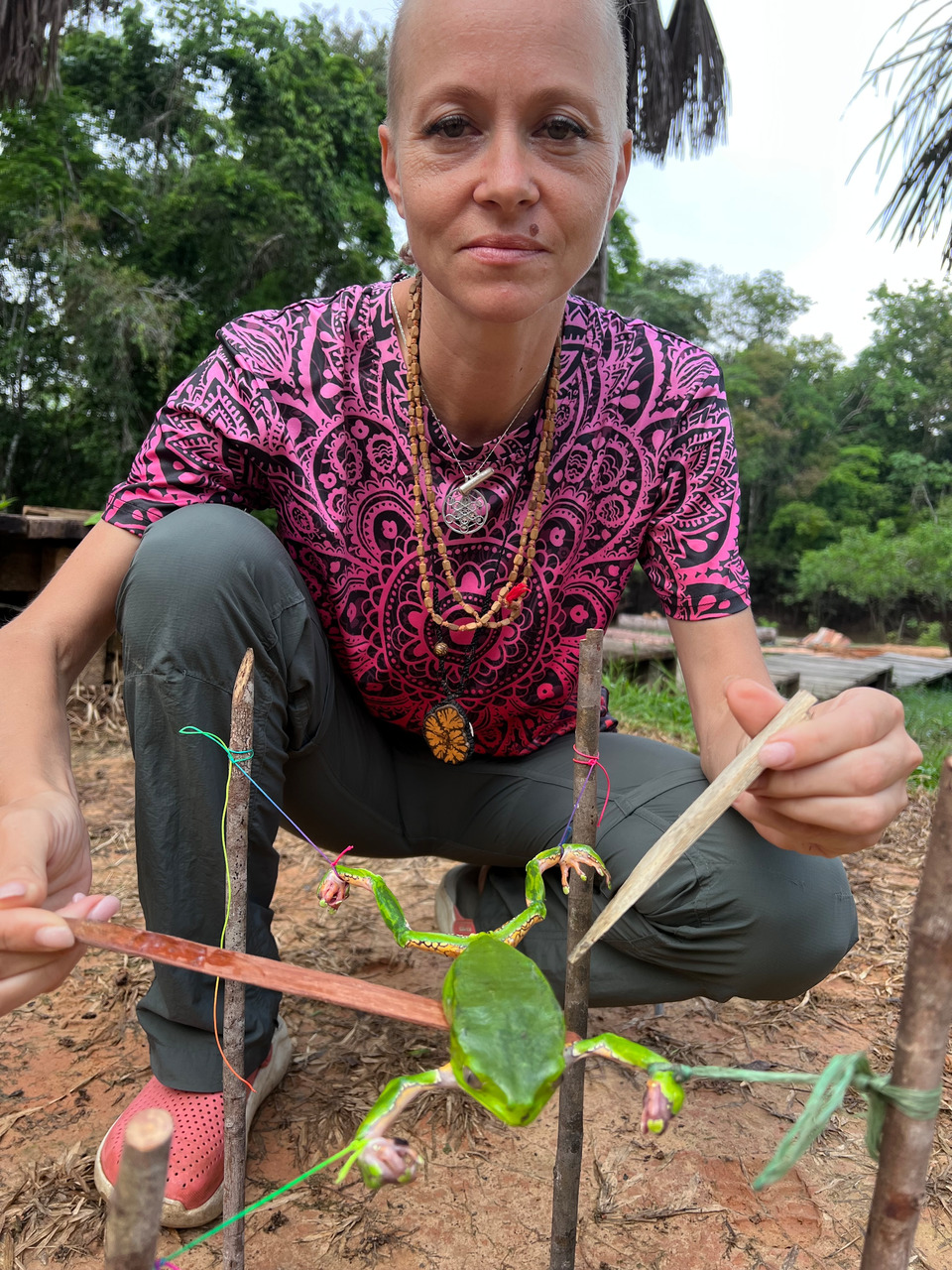
After I managed to drink the water with difficulty, a light burn was made on my left forearm with a thin stick. They placed five points, removed the burned skin, and placed a small grain of poison on the wound.
Literally ten seconds later, my face started to turn red, and there was a rush of blood to my head. My head became heavy, my body began to shake, and it felt like my heart was about to leap out of my chest. I blacked out. It was only a few seconds, but I didn’t even realize what had happened. Vomit erupted in a fountain, and my grandmother removed the poison, applying red juice from some tree to the wounds. She then stared intently at my vomit in the bucket.
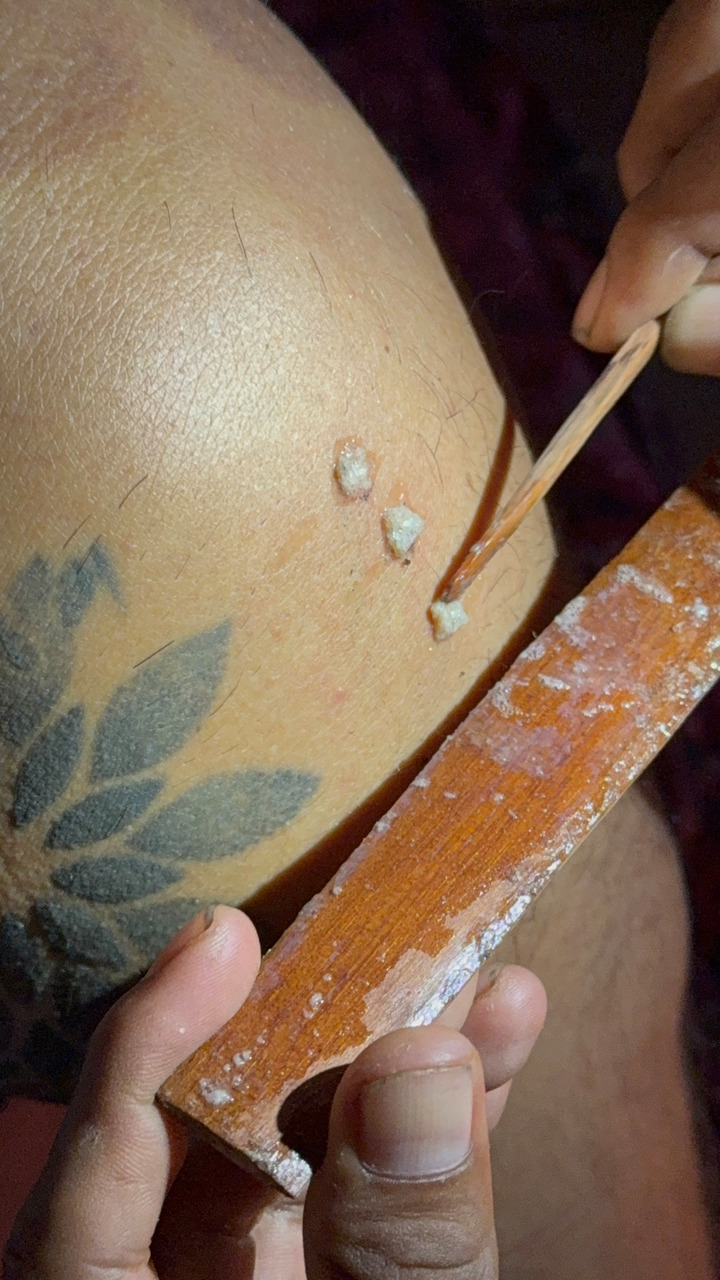
The poison released my body as quickly as it had taken control of it. I was shaking and twitching, my face swelled up amusingly, and my body felt light. For the first time in a long while, I felt like sleeping. I lay on the mattress, wrapped myself in a blanket, and drifted off to sleep.
I was awakened by the loud cries of children who had returned from school and were running around me. I felt as light as a cloud. My liver stopped aching, and I suddenly had a strong desire to eat. My body was craving food.
Surprised by how I felt, I went to the guide and asked for something to eat and to explain what had actually happened during the ceremony.
She brought me corn porridge with vegetables and mango, and I savored the food. It was a gastronomic pleasure. It felt like I was beginning to taste food again. If someone had filmed me from the outside, I probably would have looked like a little girl happily eating sweets, enjoying their taste. It was ecstasy!
I lay under the trees and listened to the jungle. It was true paradise. I didn’t feel the bites of mosquitoes or the insects crawling on me. A thought flashed through my mind: I am the earth, I am everything and nothing.
Seeing the shaman grandmother passing by, I asked her: «What is happening to me?» Smiling, she replied: «You were born and awakened! But now your path of healing is just beginning; everything is still ahead.» We went to her bungalow, and she showed me a bucket with my vomit. It was thick, whipped foam, like egg whites. «Do you know what this is?» she asked.
This is a terrifying fungus that lives inside you. It can live in your bones, mucous membranes, tissues, and nerve endings. I remember when they conducted the histology of my tumor, they also said it was a mutating candida fungus.
She warned me that the healing process would be long and that I would need to follow a lifelong diet to avoid creating favorable conditions for the growth of this fungus. I was already prepared for anything (or so I thought), and I nodded affirmatively.
In the evening, people arrived. They were research doctors who come here every year to learn and share their results. This was a group of seven people from different countries: Canada, Spain, Austria, and the USA. I listened to them and couldn’t understand why, with such results in healing complex diseases, this poison is not used in the pharmaceutical industry?!
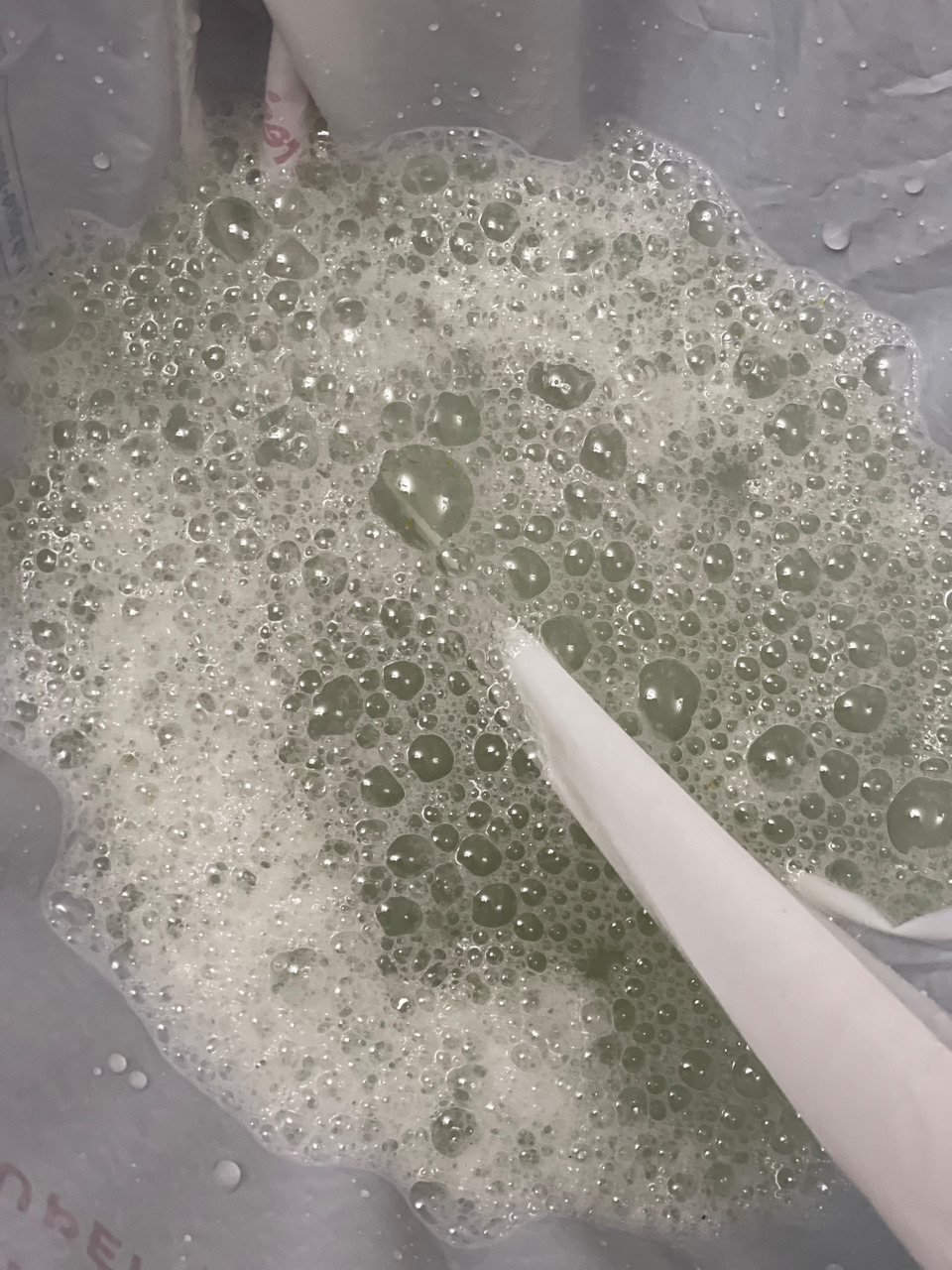
KAMBO RESEARCH
A doctor from Barcelona disagreed with me, saying, «For over ten years, we have been studying the effects of this poison. Billions of euros have been spent to create a universal drug from it, but to this day, no compound has been found that can sustain the effect. Scientists are still working on it!»
He showed me sources on the research and experiments conducted, and it turned out that finding new medications for chronic pain is no easy task. Moreover, many medications currently used, such as for neuropathic pain, are only marginally effective, and a large number of drugs are required for treatment (NNT).
Pregabalin is widely used as first-line therapy for neuropathic pain, but its NNT is 7.7, indicating that only a few patients (1 out of 7.7) find sufficient pain relief [1].
There is a general consensus among pain specialists regarding the fact that the pathophysiology of neuropathic pain is still poorly understood and that a better treatment choice needs to be made.
A related issue was recently highlighted by Professor Nadine Attal at the European Federation of IASP (EFIC) Congress on «Unmet Needs in Neuropathic Pain» (in Bergamo, October 5—6, 2018): the quality of our clinical trials (RCTs) is improving, but the effectiveness of the analgesics being evaluated is decreasing. Therefore, at this EFIC meeting, a call was made for the search for new, and consequently different, paradigms for testing pain beyond the classic area of RCTs, as well as for exploring new directions for treating patients suffering from chronic pain. These new insights can be found in a unique source: the secretion of the Amazonian frog Phyllomedusa bicolor.
This secretion contains a cocktail of compounds and is becoming increasingly popular in certain ritualistic settings in the West with the intention of healing and/or transforming the user.
Kambo is the name of the secretion from the skin of the frog, which is also known by various names, such as «Kampu,» «Acate,» «Sapo,» and «Vacuña da Floresta.»
In 2009, Melchiorri and Negri discussed some of the recently identified valuable analgesic compounds in the skin of certain Amazonian frogs [2].
They pointed out that Italian pharmacologists discovered these peptides in Amazonian frogs in the 1980s, but the Matses tribe from the Upper Amazon had long been aware of the pharmacological properties of the skin of this frog.
They stated that for centuries, the Matses had been using dried skin secretions from a certain tree frog, Phyllomedusa bicolor, and called these secretions «Sapo,» based on the Spanish word «Sapo,» meaning toad (although P. bicolor is a frog, not a toad).
Traditionally, the dried secretion was used and is still used by various tribes in countries around the Amazon (especially the Katukina, Kaxinawa, Matses, Mayoruna, and Yawanawa peoples). These tribes applied or still apply Sapo through incisions or burns on the skin during shamanic hunting rituals.
The use of Kambo has led to improved hunting skills, partly due to the opioid analgesic activity of the compounds deltorphin, dermorphin, and cerulein. Likely, all of these compounds work synergistically with each other and with other bioactive peptides present in the Sapo.
These other peptides have a broad mechanism of action, primarily at the level of the cardiovascular and gastrointestinal systems. Some of these peptides include phyllocaerulin, phyllokinin, sauvagin, and adenoregulin.
Kambo rituals have been making their way to the West since the beginning of this century, and more and more users are reporting positive health effects after using it [3]. After collecting the frog secretion, it is dried on the so-called Kambo stick (see Figure 1).
Kambo is removed from the stick and diluted with a small amount of liquid, then applied to a fresh wound, usually on the shoulder (for men) or under the leg (for women). The wound is a blister created by a smoldering stick. The bioactive peptides quickly enter the lymphatic system and then the bloodstream.
Within a few seconds or minutes, the person receiving Kambo experiences symptoms, primarily starting with an increased heart rate and a feeling of warmth. Further effects range from nausea, vomiting, diarrhea, and dizziness to a sense of feeling like a god, mostly after the ritual. Additionally, after using Kambo, symptoms such as angioedema around the eyes, lips, or the entire face may occur. Most, if not all, of these symptoms can be explained by the pharmacological properties of the peptides. The symptom complex resolves quickly, mainly within an hour.
CHEMICAL COMPOSITION OF KAMBO POISON (PHYLLOMEDUSA BICOLOR)
The poison of the Phyllomedusa bicolor frog (Kambo) contains a range of bioactive peptides and other compounds that exert various effects on the body. These substances have unique properties that are actively being studied in modern pharmacology.
Main biologically active peptides in Kambo poison:
Phyllomedusin
Expands blood vessels and increases blood flow
Stimulates the secretion of salivary and gastric glands
Has anti-inflammatory effects
Phyllocaerulein
Stimulates digestion
Has analgesic effects
Calms the nervous system
Deltorphin
Possesses a powerful analgesic effect
Several times stronger than morphine but does not cause addiction
Acts on the opioid receptors in the brain
Dermorphin
A potent opioid peptide
Has a pain-relieving effect, 30—40 times stronger than morphine
Does not cause addiction when used correctly
Adenoregulin
Enhances the cardiovascular system
Increases tissue sensitivity to adenosine, improving cellular energy exchange
Sauvagine
Expands blood vessels
Participates in the regulation of blood pressure
Reduces stress levels and regulates hormones
Trypsin Inhibitor Peptide
Improves the function of digestive enzymes
Helps regulate metabolism
PHYSIOLOGICAL EFFECTS OF KAMBO POISON
Cleansing of the lymphatic system
Strengthening of the immune system
Improvement of cognitive functions and memory
Increased endurance and physical strength
Powerful detoxification of the body
SCIENTIFIC RESEARCH
Many of these peptides are attracting the attention of pharmaceutical companies and scientists due to their unique biochemical properties. For example, dermorphin and deltorphin are being studied as potential alternatives to synthetic opioids for pain relief.
However, research is still in its early stages, and most effects have only been confirmed in animals or under laboratory conditions.
Important: Kambo is a potent substance, and its use should only be carried out under the supervision of an experienced practitioner. Improper use can lead to serious side effects.
It is clear that many of Kambo’s bioactive peptides are promising sources for modern medicine. Interesting pain-relieving molecules in Kambo include the opioid receptor agonists deltorphin, dermorphin, and cerulein. None of these molecules are structurally similar to opioids, as they are all peptides (see Table 1).

Kambo Peptides with Morphine-Mimetic Properties:
At least three bioactive peptides with clear analgesic properties were isolated from the frog’s secretion. Two of these peptides activate the opioid receptor associated with morphine, MOR, while one has a high affinity for the delta-opioid receptor, DOR.
In animal models, all three of these molecules have analgesic properties; dermorphin and cerulein have also been tested on humans, including healthy volunteers and patients, for example, those suffering from cancer pain.
Dermorphin and cerulein have high affinity for the MOR receptor. Both compounds have been evaluated in patients. Dermorphin demonstrated very powerful analgesic activity in rat pain models, especially with intracerebroventricular administration. The ED 50 of the peptide in the tail-flick test was 23 pmol/rat [4]. Cerulein, in part (7 amino acids), is identical to the octapeptide of cholecystokinin (CCK), and its affinity for the CCK receptor is in the same range [5].
Бесплатный фрагмент закончился.
Купите книгу, чтобы продолжить чтение.